TBSU, Tulane Special Collections delve into Black history
March 11, 2021
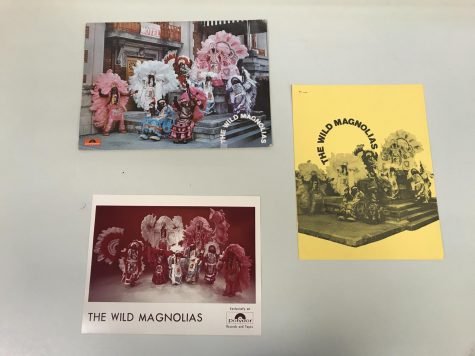
At the conclusion of Black History Month, Tulane’s Black Student Union, in partnership with Tulane’s Special Collections hosted a memorable event in Joseph Merrick Jones Memorial Hall on Sunday, Feb. 28. This event highlighted the Black student experience at Tulane from the university’s integration in the spring of 1963. In an interview with the president of the Black Student Union, Raven Ancar, The Hullabaloo was able to get an inside look into the event and what it meant to the Black Student Union.
How did this collaboration between the BSU and Tulane’s Special Collections come about?
So the collaboration between tBSU and the Special Collections was they reached out to us and we did a tour as an [executive board] for e-board bonding, and we were just very inspired by the tour that they took us on, and we asked if it was possible for our entire general body to tour it, and they said ‘sure.’ And that’s how the tour came about.
What were the themes or timelines that were highlighted in these collections?
So there were a total of four rooms, and each room had its own set of archives and artifacts. One of the rooms was based on Black music on campus, another one was Black activism, another one was centered around the O, and I can’t remember what the fourth one was, but those were some of the themes and time lines that were highlighted in the sections. Basically, they were able to fill four rooms with Black history at Tulane, whether it was from the student standpoint or from the creation of multicultural affairs for example and that history because that is Black history on campus because it was founded by a Black woman, Ms. Carolyn Barber-Pierre.
Of these themes, were there any specifically that you were really intrigued by and why?
For me personally, I would say definitely the student activism because tBSU was founded on demands. In 1968 is when the first demands were presented to the university by our founders. And in 1969 we were founded … because one of the demands was to have [a] recognized student organization that was for Black students. We were called the African American Congress for the longest time, and [it] wasn’t until 2011 … [that] we changed our name to tBSU … The amount of demands that were submitted from 1969-2011 and then again in 2015 [is] just pretty inspiring. One of the main critiques of the 2020 demands, even though we cite all of the demands we could possibly get our hands on, was that the 2020 demands came out of the blue and that it was wave riding, you know Black Lives Matter is hot right now. That’s the reason the Black Student Union was doing it, but that couldn’t be farther from the truth. Because Tulane Black Student Union or the African American Congress has been submitting demands literally since the beginning, that’s how we were created, and they have been fighting for Black students on this campus, and we will continue to do so.
BSU has made some incredible strides in the forward and upward movement of the Black student experience, this year especially. How do you think this exhibit aided or refocused BSU’s vision for the Black student experience for the future?
This refocused our vision — just to ground Black students in their history and their culture as specific Black Tulane students. Definitely looking to the past helps determine what the future will look like through what was done right, what they did wrong, what you should do and also ground you. When you feel the imposter syndrome starts kicking in, and [begin thinking] ‘you know maybe I don’t belong here, maybe these people are right, maybe I should transfer’ … We have to remember that people, Black students, have been trying to make Tulane home for [the] next generation since its integration, and they will continue to be here for Black students and continue to make this home away from home for our Black community because they have for decades. So that’s how this exhibit aided in the refocus of the BSU to get back to roots of activism and to get back to our roots of community to enhance the Black student experience — not only for our Black students but also to be seen by other students. To not be invisible or to not be quiet, but to be loud and be proud. That’s why we wanted to do this exhibit for the entire general body, to show that this history prolongs the 2020 demands. Without all of the 1969 demands, without the demands that were written in the ‘80s, without the demands that were written in 2015, we would not be here.
tBSU also recently announced they were changing their logo. “This logo has the classic fist symbol with the colors black, for Black people, green, for the earth/environment we inhabit, and blue, to symbolize the ocean, the diaspora, that brings all Black people together,” they said in a public statement. “We are introducing this new logo to symbolize our efforts towards further inclusion and appreciation for all Black people. Help us and hold us accountable for reaching our goals by continuing to share your experiences.”
Did this exhibit influence or motivate the change of the BSU logo in any way?
No, the exhibit didn’t motivate or change our logo. The logo was going to change anyway, but they thought it was a good event to open it up at because we are changing as an org and they have never done an event like this, but special archives has always been there, so we already had our logo. We were going to change it anyway.
Was there any part of Tulane’s Black student experience that you wish could have been touched on more, but for lack of material was not highlighted?
I just wish there were more photographs and pictures of Black students and Black joy on campus. The tour can be a lot especially when you get to the police reports part. I just wish we had more Black joy. So more specific tBSU photographs, and from back in the day when we were the African American Congress at Tulane, and more happy things. The Black experience isn’t all about struggle, and I feel like a lot of the things in the archives … [were] about push for civil rights and the push for human rights for Black students here at Tulane, which is all important … It’s not like we had photographs [of Black joy on campus] and didn’t highlight them. We just didn’t have the photographs to begin with. So that’s what I’m going to try to do. I’m going to start giving them material, giving them pictures that we have, so that Black students 10 years from now can see us being our wonderful selves in 2020 even through a pandemic. So that’s the only thing I wish we would’ve had but didn’t.


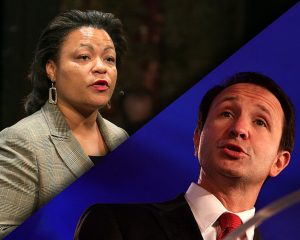
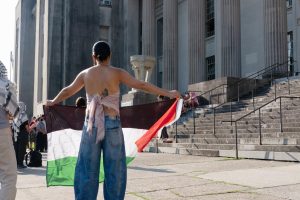
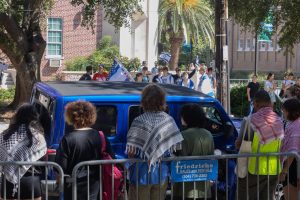

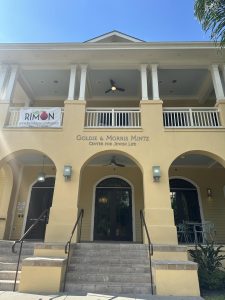

Ann Case • May 26, 2021 at 2:39 pm
Hi, I’m Ann Case, the University Archivist, and I welcome the tBSU collecting and archiving photographs that show the members having fun times on campus! I took a few candid shots of your visits — we Tulane University Special Collections staff members loved having you here and invite you back any time — and will be happy to work with you to teach you how to archive your group’s photos, organizational records, document the new logo, and anything else that you think will be important for future Tulanians and everyone else to know about tBSU. Roll Wave!